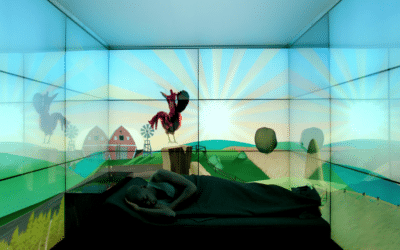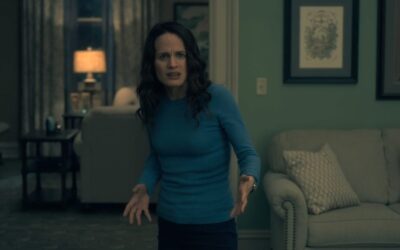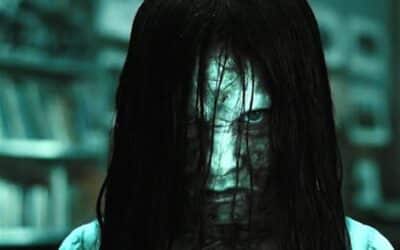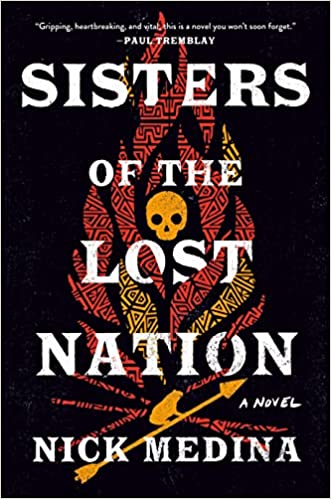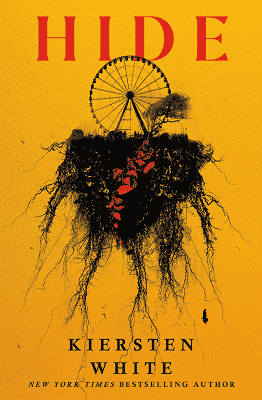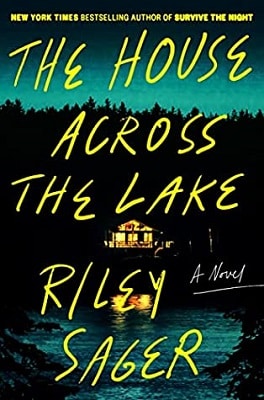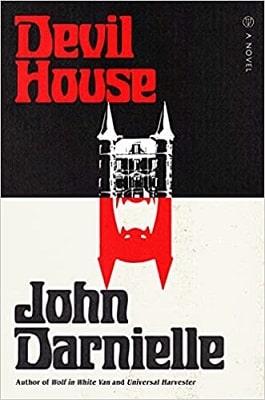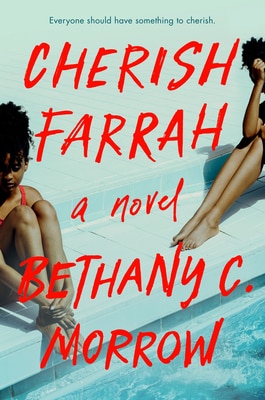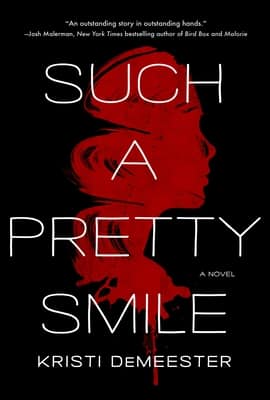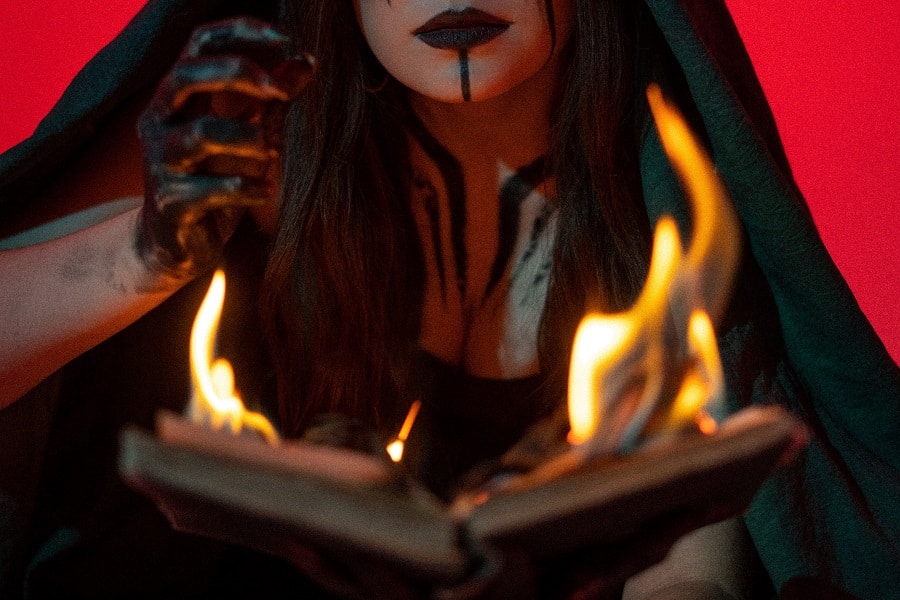
The Witch in Horror
Morag Zuk
History paints a bloody and most heinous portrait of the modern witch. Instrumental in this is zealot Heinrich Kramer, who in 1486 pens his Malleus Maleficarum or Hammer of the Witches, creating the murderous She-Devil and unholy servant of the Horned Beast.
Fuelled by socio-economic developments and the Catholic Church, who seize the opportunity to malign the influential role of the traditional healer, Kramer’s views find themselves adopted by the establishment. Whipped up by the newly created printing press, a maelstrom of hysteria takes hold, one that is to last nearly three hundred years. By 1750 an estimated 35,000 to 50,000 predominantly (but not exclusively) women have been executed in Europe alone. One of the most enduring characters in the horror genre is born.
For many of us our first experience of visceral horror is via the witch. It’s in that incredulous shiver as we realise Hansel and Gretel are being fattened for the pot, or the disbelief as Snow White chokes on the poisoned apple. Often that primal reaction, the hairs prickling, the uncomfortable disquiet, is a first step into a world of unpredictability and danger. The childhood witch, made popular by the Grimm brothers in their 1812 book of fairy tales, is an allegorical monster, warning us to stay close to home, that strangers mean us harm, and that often things are not all they seem. Arguably they are undeveloped, lacking emotional depth, but this only ensures they are enduringly fearsome and unashamedly terrifying.
As we grow, the witch keeps pace. Perhaps one of the most famous, the Wicked Witch of the West, swoops into popular consciousness in 1900 with the publication of L. Frank Baum’s ‘Wonderful Wizard of Oz’. Although otherworldly, the horror of her is drawn directly from Kramer’s vision. Ugly and hag-like she rides a broom, wears a pointy hat, casts indiscriminate spells to cause harm and is hell bent on destroying Dorothy and her friends. Her power is not given by the Devil though, her evil is one of personal choice, yet she is no less malevolent for it. Walter Mulch’s later portrayal of Baum’s witch, Mumbi, in his 1985 film ‘Return to Oz’ is every bit as malignant, while Roald Dahl’s ‘Witches’ are continuations on the theme, women, ugly inside and out, using their undefinable powers to cause immeasurable havoc.
That the witch endures as a horror icon is ironically linked to her rehabilitation, beginning with the Victorian avant-garde. Often portrayed as a femme fatale with pre-Christian origins, Evelyn De Morgan, John William Waterhouse, and Edward Burne-Jones are just a few of the Pre-Raphaelite brotherhood to tackle the subject. As in fairy tales, the root of her power remains ambiguous, although the centuries old tropes are in plain view. We don’t have to look hard at John William Waterhouse’s ‘Magic Circle’ to see that the subject is suggestively alluring, yet her preternatural powers continue to be drawn from the darker side.
Bursting into the twentieth century Morticia Addams and Samantha Stephens land in the living rooms of millions of families through popular sit-coms the Addams Family and Bewitched. Of their time, both women are beautiful, edgy, and funny. The stage is set for the advent of the aspirational witch, mainly marketed to a pre or younger teen (predominantly female) audience. (Think Mildred Hubble in Jill Murphy’s ever popular 1970’s ‘Worst Witch’ series, Sabrina, and more recently J.K. Rowling’s serious and studious Hermione Granger.) Everyone loves a witch, and everyone can easily identify her, good or bad.
While the Pre-Raphaelites romanticise a world of myths and magic, the fascination with the occult, mediums, and attempts to communicate with the dead proliferates, gaining momentum in an early twentieth century ravaged by war. Spiritualism, increasingly popular in both the United States and the United Kingdom, is championed by intellectual personalities such as Thomas Edison and Sir Arthur Conan Doyle, lending the movement a credibility that is still leaned upon in the present day. Although spiritualism is not directly associated with the witch, it’s anomalous nature feeds into the ideology of prominent occultists, such as the notorious Aleister Crowley and later, the founder of the Church of Satan, Anton LaVey. Only too eager for sensationalism, an incredulous tabloid press places the diabolical firmly back into the public sphere.
At the same time the nuclear family sits lapping up the sanitised celluloid witch, heavy weight writers and filmmakers grapple with cold war and anti-communist hysteria. Playwright Arthur Miller’s allegorical ‘The Crucible’ is perhaps the most famous, comparing McCarthyism to the Salem Witch trials of 1692 -93, where the true horror no longer lies with the witch herself, but in the systems of oppression, manipulated through a combination of herd mentality and orchestrated propaganda. Shirley Jackson’s ‘We Have Always Lived in the Castle,’ published in 1962, is an unsettling portrayal of small-town persecution. Subtle nods to witchcraft abound as we see the aptly nicknamed Merricat utilise offerings and home-made incantations in a vain attempt to keep her hostile neighbours, and the world at large, at bay.
Folk horror also finds a foothold in the public psyche. Michael Reeves’ 1968 cult classic ‘Witchfinder General’, a snapshot of Matthew Hopkins reign of terror in seventeenth century England, focusses on the historical persecution of thousands of innocent women (and men) under the banner of witchcraft. A precursor to the ‘torture porn’ genre, the sucker punches arrive from those representing the state and the horrific lengths they are prepared to go to.
Robin Hardy’s ‘Wicker Man’ centres on a magic-led community living on the fringes of Scottish Society and their beliefs in appeasements to a pre-Christian deity. With nods to witchcraft and covens, the darker aspects of magic, ritual and human sacrifice are all present, while Nicholas Roeg’s 1973 film ‘Don’t Look Now’, based on Daphne Du Maurier’s short story, sees the occult playing a seminal role in what was to become one of the most revered horror films of the period. Characters Heather and Wendy hold many of the characteristics of the traditional witch, strange old women, spinster sisters, imbued with unnatural powers and living on the fringes of society.
Arguably one of the most famous horror stories, Ira Levin’s classic ‘Rosemary’s baby’ (first published in 1967 and made into a film the following year) beautifully brings together the psychological horror of the diabolical exacerbated by the conflict that arises as Rosemary makes a doomed attempt to exercise any influence over it. Levin’s Bramford witches are direct interpretations of Kramer’s fifteenth century ideology. Women, servants of Satan, grounded in the occult, performing black masses, and sacrificing babies as they strive to gain earthly power and position.
Recent representations have given us some of the most harrowing of the genre, one of which we never even set eyes on. Daniel Myrick and Eduardo Sanchez’s influential 1999 ‘Blair Witch Project’ utilises the public familiarity and fear of the diabolical witch to create a horror that requires no in-depth development. We know what a witch is, and thanks to the title and loose back story we know that’s what we’re looking for. From then on, the old axioms are enough. Dark woods, demonic looking symbology, and hints at infanticide combine to bring the story to a deeply unsettling conclusion that remains long after the final credits have rolled.
Bathsheba Sherman, rumoured to be a relation of one of the Salem witches, to have murdered a child in her care, sacrificed her own offspring and then hung herself in the backyard while proclaiming her love for Satan, is the subject of James Wan’s 2013 blockbuster, The Conjuring. At face value her depiction is one of the most malevolent interpretations of the diabolical witch in recent cinematic history. That she’s identified as the protagonist behind one of the most famous ‘real-life’ hauntings in the United States raises the fear factor bar considerably. Bathsheba is the very embodiment of the monster that Heinrich Kramer attempts to hammer out over five hundred years ago. Ugly, malevolent, indiscriminate, diabolically evil, and reputedly horrifyingly real, we find ourselves brought full circle to the mid-fifteenth century witch of our nightmares.
Whether you choose to believe that the Perron family were really the victim of a haunting is irrelevant. Bathsheba Sherman certainly existed, but her son survived well into adulthood and there are no public records of any crimes associated with her. Crucially, she didn’t hang herself, but died peacefully at the ripe old age of seventy-three in 1885. That Wan chose to focus so heavily on her story within a plethora of supposedly real-life events illustrates the enduring legacy of the witch in horror. As does the film’s success, regularly topping the charts as one of the most terrifying horror movies ever produced. After all, what is more hair-raising than a story about a diabolical witch? A real-life immortal one, with a touch of hysteria thrown in.
About the Author
Morag Zuk has always loved ghost stories and is fascinated by tales of ‘real’ hauntings. Her favorite writers of the genre include Susan Hill and M.R. James. She’s also partial to a short story, anything by Shirley Jackson or Daphne Du Maurier gets the thumbs up. Morag worked in marketing before concentrating on writing full time. When she’s not writing she’s out in the English countryside taking photos. Find out more at www.moragzuk.com or visit her at Morag Zuk’s Amazon Author Page.
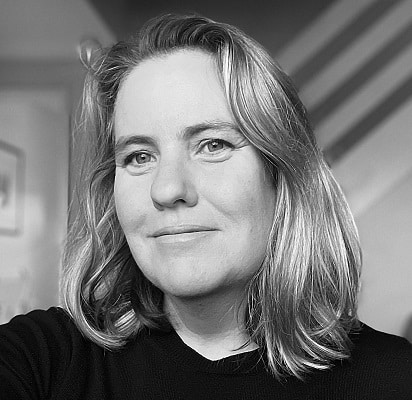
More Horror Features
Technology in Horror
When gadgets become nightmares
Female Characters in Horror
From Victims to Heroes
Horror Movie Popularity
The popularity of horror movies

